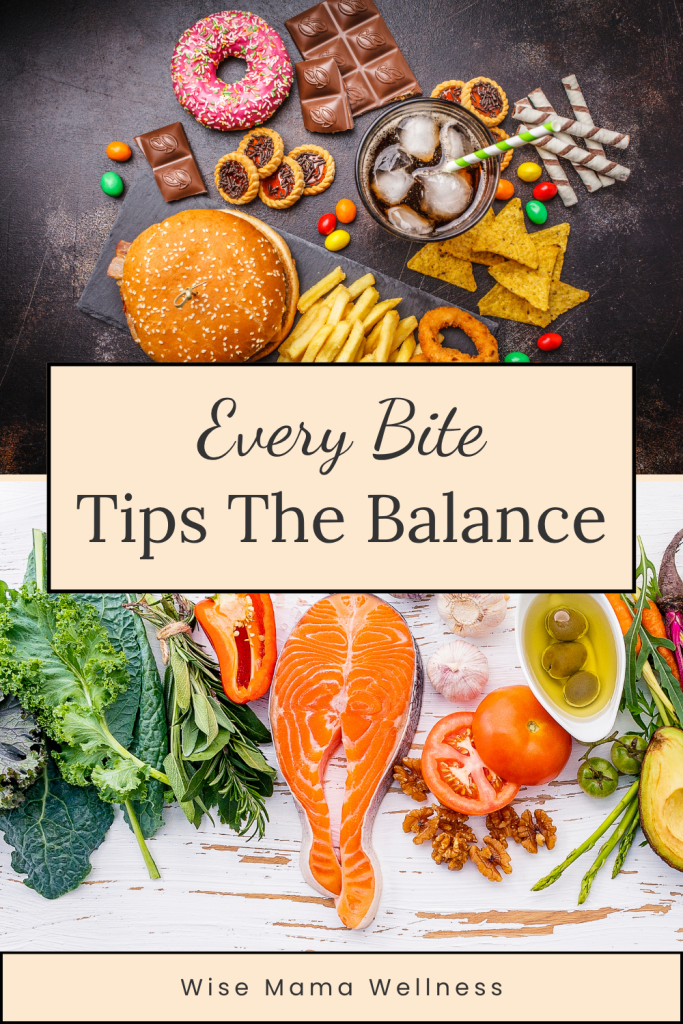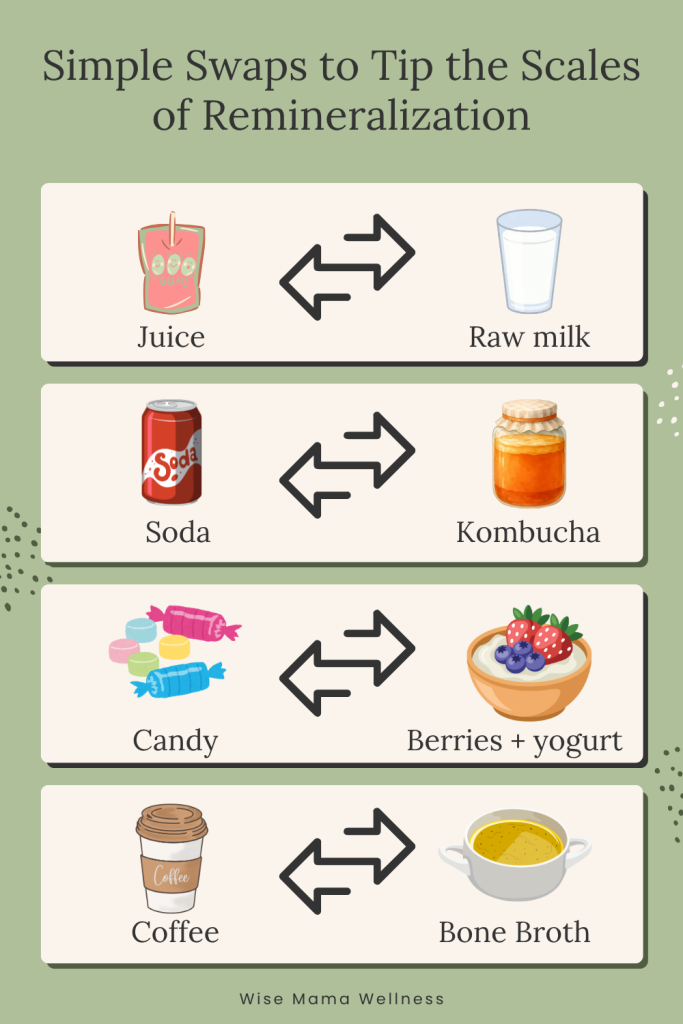It usually starts the same way — you’re brushing, the light hits just right, and you spot that dreaded dark speck.
Cue the sinking stomach, the frantic flashlight search (those seem to always go missing at just the right time in my house) and the hopeful denial: maybe it’s just a coffee stain?
We’ve all heard it: “Once you get a cavity, that’s it — permanent. You’ll need a filling.”
But what if that isn’t the whole story?
The truth is your teeth aren’t dead rocks glued into your jaw. They’re alive — constantly exchanging minerals, responding to what you eat, and yes, capable of healing when given the right conditions.
That natural repair process has a name: remineralization.

So… what is remineralization, really?
Inside every tooth are tiny tubules — little channels that let minerals flow in and out like tides.
When your diet and hormones are on point, minerals like calcium and phosphorus move into the tooth, hardening enamel.
When stress, sugar, or processed food take over, those minerals get pulled out, leaving soft spots that can turn into cavities.
It’s a tug-of-war between two forces:
Remineralization (healing) ↔ Demineralization (decay)
Every snack, sip, and sleepless night tips that balance one way or the other.

What actually helps teeth heal
This is where modern science finally catches up to old-school wisdom. Your teeth need more than brushing — they need building blocks.
Key nutrients that drive remineralization:
• Vitamins A, D & K₂ — found in cod liver oil, grass-fed butter, egg yolks, and organ meats.
• Calcium & phosphorus — from raw dairy, bone broth, and leafy greens.
• Vitamin C — supports gums and immune defenses (hello, liposomal C).
Dentist Weston A. Price saw this firsthand in the 1930s. He traveled the world studying traditional cultures with strong, cavity-free teeth — no dentists, no toothpaste aisles — just nutrient-dense food.
Even one truly nourishing meal a day, he found, could stop cavities in their tracks and harden soft enamel again .
And what throws that healing off
It’s no mystery — most modern “convenience” foods are mineral thieves.
Here’s what pushes the seesaw toward decay:
• Refined sugar and white flour
• Processed vegetable oils (they block vitamin absorption)
• Constant grazing (your mouth never gets time to reset its pH)
• Nutrient deficiencies from low-fat or highly processed diets
If you’ve been trying to “eat clean” but skip the fats that carry vitamins A, D, K₂ — this might be your missing link.

Here’s the Reality…
No one’s out here hand-churning butter and frying cod livers before school drop-off (at least… not in my house).
Start small:
• Have a mug of bone broth to dinner or in place of coffee in the morning
• Trade the cereal rush for eggs in butter.
• Sneak an ounce of liver into your next smoothie (trust me — it works).
Tiny tweaks tip the scale back toward healing, even before you overhaul everything.
And p.s. — kids’ teeth actually remineralize up to 10× faster than adults’. So if you’re reading this with a toddler who’s already had dental drama, there’s hope. Real, measurable, mineral-level hope.

The Truth Is
Teeth can heal — not overnight, but it’s absolutely possible.
Science backs it, traditional cultures proved it, and your body knows how to do it.
You can absolutely support stronger smiles without fear, fluoride battles, or drill anxiety.
It starts in your kitchen — not the dentist’s chair.

Next step: Be ready before pain hits
If you ever find yourself whispering “please not tonight” when a tooth starts to throb — you need my Tooth Pain SOS Guide.
It’s just $3, and it walks you step-by-step through calming pain naturally within 24 hours — no panic required.


Leave a Reply